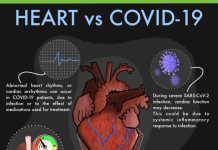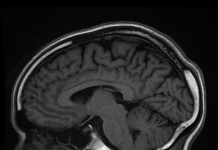The scientists have developed a suitable material for use in thermo-electric generators based on ‘anomalous Nernst effect (ANE)’ that increases the voltage generating efficiency manifold. These devices can be comfortably worn in flexible shapes and sizes to power small gadgets, thus replacing batteries.
Thermo-electric effect entails inter-conversion of heat energy and electricity; called Seebeck effect, when heat is converted to an electrical potential at the junction of two dissimilar metals and, the reverse is called Peltier effect, i.e. the conversion of an electrical potential to generation of heat.
The heat is in abundance, and at times goes waste, which could be harvested to power electrical devices. There have been a lot of efforts in the past to develop commercially viable technology to harvest heat. The one based on Seebeck effect could not see the light of the day due to several limitations.
A lesser known phenomenon called Anomalous Nernst Effect (ANE), i.e. application of temperature gradient in a magnetic material generates electric voltage perpendicular to heat flow and has also been applied in the past for harvesting heat and its conversion to electricity. However, its potential has been limited for want of suitable non-toxic, readily available and inexpensive materials.
The search for this right material seems over now! The researchers have recently reported making an alloy that is non-toxic, easily available, inexpensive and malleable enough to be made into thin films to suit the requirements. Using the process of doping, researchers made Fe3Al or FE3Ga (75% iron and 25% aluminium or gallium). When this material was used, the voltage generated was increased 20 times.
This newly developed material seems to be very promising and can be used to design thin and flexible materials capable of harvesting the waste heat efficiently to convert to electric voltage, adequate enough to power small devices.
The discovery of this material which is just right in terms of properties, could be possible because of availability of high-speed, automated numerical computational technologies, effectively overcoming the limitations of the erstwhile method of material development based on ‘repetition’ and ‘refinements’.
***
Sources:
1. University of Tokyo 2020. Press release. Abundant element to power small devices. A thin, iron-based generator uses waste heat to provide small amounts of power. Posted 28 April 28, 2020. Available online at https://www.u-tokyo.ac.jp/focus/en/press/z0508_00106.html Accessed on 08 May 2020.
2. Sakai, A., Minami, S., Koretsune, T. et al. Iron-based binary ferromagnets for transverse thermoelectric conversion. Nature 581, 53–57 (2020). DOI: https://doi.org/10.1038/s41586-020-2230-z
***




































